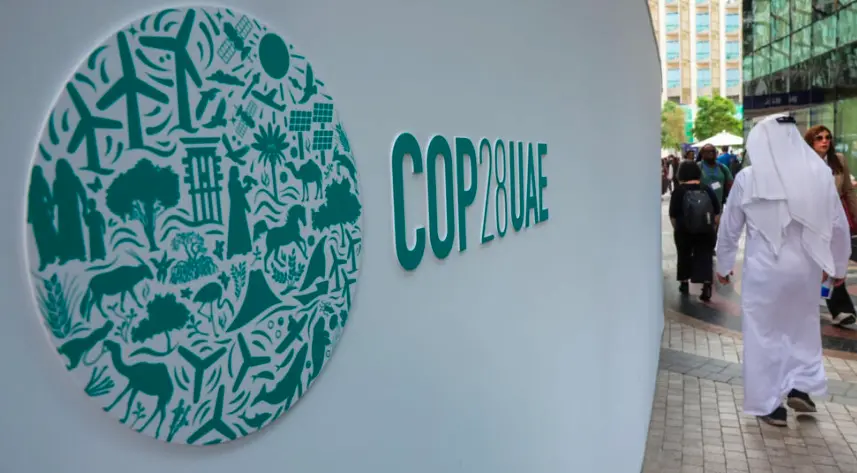Dubai’s skyline was darkened Sunday by a layer of pollution described as “unhealthy”, on the same day that the UN climate conference (COP28) was holding a day dedicated to health.
The particle concentration index reached 155 micrograms per m3, according to WAQI.info, a local website that provides real-time information on pollution levels.
This pollution, known as PM2.5, is considered harmful because it can enter the blood.
When air quality drops to these levels, “everyone can begin to feel the health effects; people in more sensitive groups can experience more severe effects,” the site warns.
COP28 is the scene of climate negotiations to reduce carbon emissions and curb climate change accelerated by human activities.
Around 80,000 people registered to participate in the largest edition of the conference to date, held in the United Arab Emirates, one of the world’s largest oil producers.
According to the World Health Organization (WHO), outdoor air pollution from fossil fuel emissions kills more than four million people a year because it increases the risk of respiratory disease, stroke, heart disease, lung cancer, diabetes and other illnesses.
The damage is due in part to PM2.5 microparticulates, which come mainly from fossil fuels burned by the transportation and industrial sectors.
COP28 takes place approximately 11 km from the Jebel Ali seawater desalination and power complex, which houses the world’s largest gas-fired power plant.
Two other polluting infrastructures, Jebel Ali Port and Al Maktoum International Airport, are also nearby, while 200 km to the west is Abu Dhabi’s Bab oil field.

